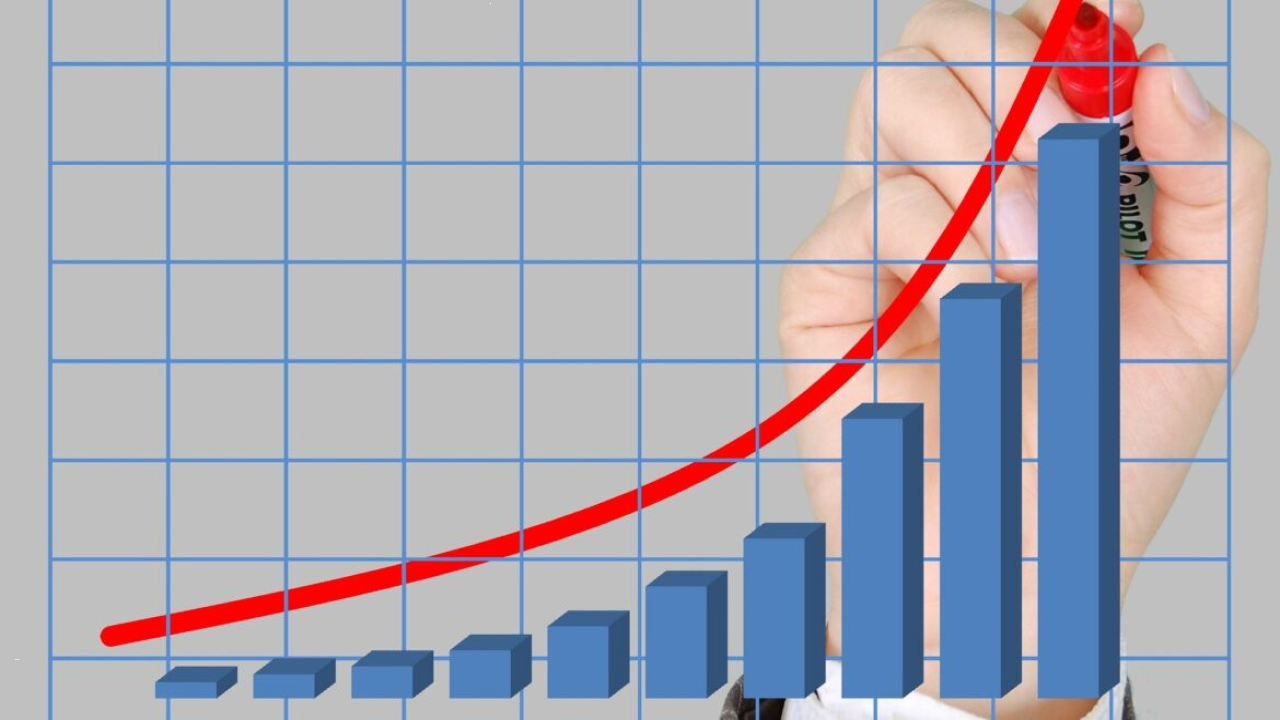Boom
A bull market is a term used to describe a condition in the financial market characterized by increased activity, rising prices, and a higher volume of business. It signifies a period of sustained growth driven by strong demand for securities, indicating investor optimism and confidence.
Defining a Bull Market
A bull market is a phase within the financial market where there is a notable uptrend in prices and trading volumes of securities, such as stocks, bonds, and commodities. It is typically associated with positive investor sentiment, economic expansion, and an overall optimistic outlook for the future.
Key Features of a Bull Market
- Increased Activity: A distinguishing characteristic of a bull market is the surge in trading activity. Investors actively participate in the market, executing buy orders and contributing to the overall volume of transactions.
- Rising Prices: Bull markets are marked by a consistent upward movement in security prices. This upward trend can be observed across various asset classes, leading to capital appreciation for investors who hold these securities.
- Extended Duration: A bull market is not a short-lived phenomenon; it typically spans a reasonable period of time. While the duration can vary, a sustained period of growth is necessary to classify a market as a bull market, differentiating it from temporary price fluctuations.
Factors Driving Bull Markets
- Strong Economic Fundamentals: Bull markets often coincide with periods of economic expansion. Favorable economic indicators, such as rising GDP, low unemployment rates, and increased consumer spending, contribute to investor confidence and encourage investment in securities.
- Increased Investor Confidence: Positive market sentiment plays a crucial role in the emergence of a bull market. When investors have faith in the economy and anticipate future growth, they are more willing to allocate their capital to securities, driving prices higher.
- Low Interest Rates: A decline in interest rates can stimulate economic activity and boost investor enthusiasm. Lower borrowing costs make it more attractive for individuals and businesses to invest in securities, fueling demand and driving up prices.
Investment and Speculative Activity
- Investment Activity: In a bull market, investment activity is prominent, with investors focusing on long-term strategies and seeking assets that offer potential growth and income. They aim to capitalize on the upward momentum of the market by holding positions for an extended period.
- Speculative Activity: Bull markets often attract speculators who aim to profit from short-term price movements. Speculators engage in higher-risk strategies, such as day trading or leveraging their positions, in pursuit of quick gains. Their participation adds to the overall trading volume and liquidity of the market.


